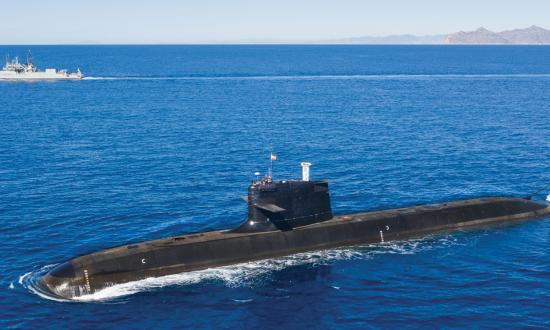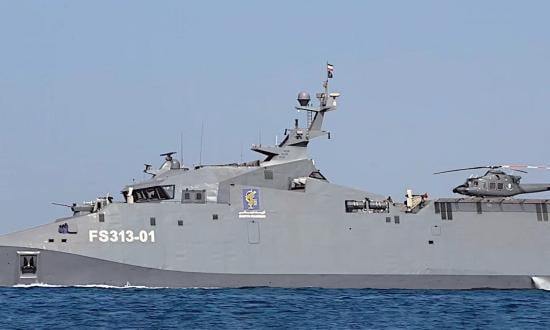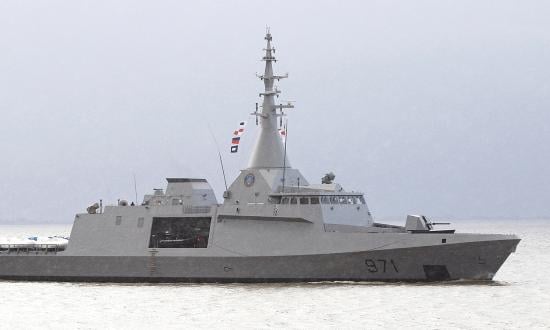India’s Project 15A (P-15A) Kolkata-class and Project 15B (P-15B) Visakhapatnam-class guided-missile destroyers are a remarkable amalgam of indigenous and international technology. Based on the 25-year-old Delhi class (Project 15), three P-15A and four P-15B destroyers were built at Mazagon Dock Shipbuilders Limited in Mumbai and are far more capable than their predecessors.
Complex system integration initially resulted in significant delays and cost overruns. The Kolkata, the first P-15A, was laid down in 2003 and launched in 2006, but she did not commission until August 2014. Sisters Kochi and Chennai were laid down in 2005 and 2006, respectively, but also took roughly a decade to enter the fleet, commissioning in 2015 and 2016.
The first P-15B, the Visakhapatnam, was laid down in 2013 and commissioned in 2021. She was followed by the Mormugao, which was laid down in 2015 and commissioned in 2022. The keel was laid for the third P-15B, the Imphal, in 2017, and she commissioned in December 2023. The fourth and final P-15B, the Surat, was laid down in November 2019 and is expected to enter service in the next few years.
The P-15A and P-15B designs are similar, with only minor variations, including stealth enhancements, updated helicopter handling systems, and alternative navigation radars on the newer vessels. All seven P-15A and P-15B destroyers incorporate numerous features to reduce signature and radar cross section. They displace roughly 7,300 tons and measure 535 feet long, with a 57-foot beam and a 21-foot draft. Crew size is approximately 360. Armament consists of 16 PJ-10 Brahmos ram-jet powered antiship/land-attack cruise missiles, carried forward in two eight-cell vertical launchers.
The Brahmos, developed jointly by India and Russia, has a maximum speed of Mach 2.8 and range of 160–270 nautical miles, depending on the variant. Thirty-two Israeli-Indian Barak-8 medium-range surface-to-air missiles (SAMs) are carried for air defense in four eight-cell vertical launchers. Two twin 21-inch antisubmarine torpedo tubes are fitted along with two 12-round RBU-6000 antisubmarine warfare rocket launchers. A three-inch gun is mounted forward, and four AK-630 30-mm close-in weapon system Gatling guns are carried between the bridge and the hangar.
The twin hangars can accommodate Sea King Mk 42 or U.S. MH-60R Seahawk antisubmarine helicopters, which are just beginning to enter Indian service. Sensors include the Israeli ELM-2248 MF-STAR multifunction active electronically scanned phased-array radar, fitted in an enclosed mast, and RAWL-02, based on the European LW-08 for supplemental long-range air search. The P-15A and B destroyers incorporate an innovative cooperative engagement-type capability allowing Barak-8 SAMs to be launched from one ship and controlled by others in the class. Domestic ESM/ECM systems and decoy launchers round out their equipment.
Sonars include an Indian hull-mounted sonar and a German-made towed array. Four Ukrainian-made gas turbines provide primary propulsion for twin shafts with a top speed of more than 30 knots and range of more than 3,000 nautical miles cruising at 18 knots.







